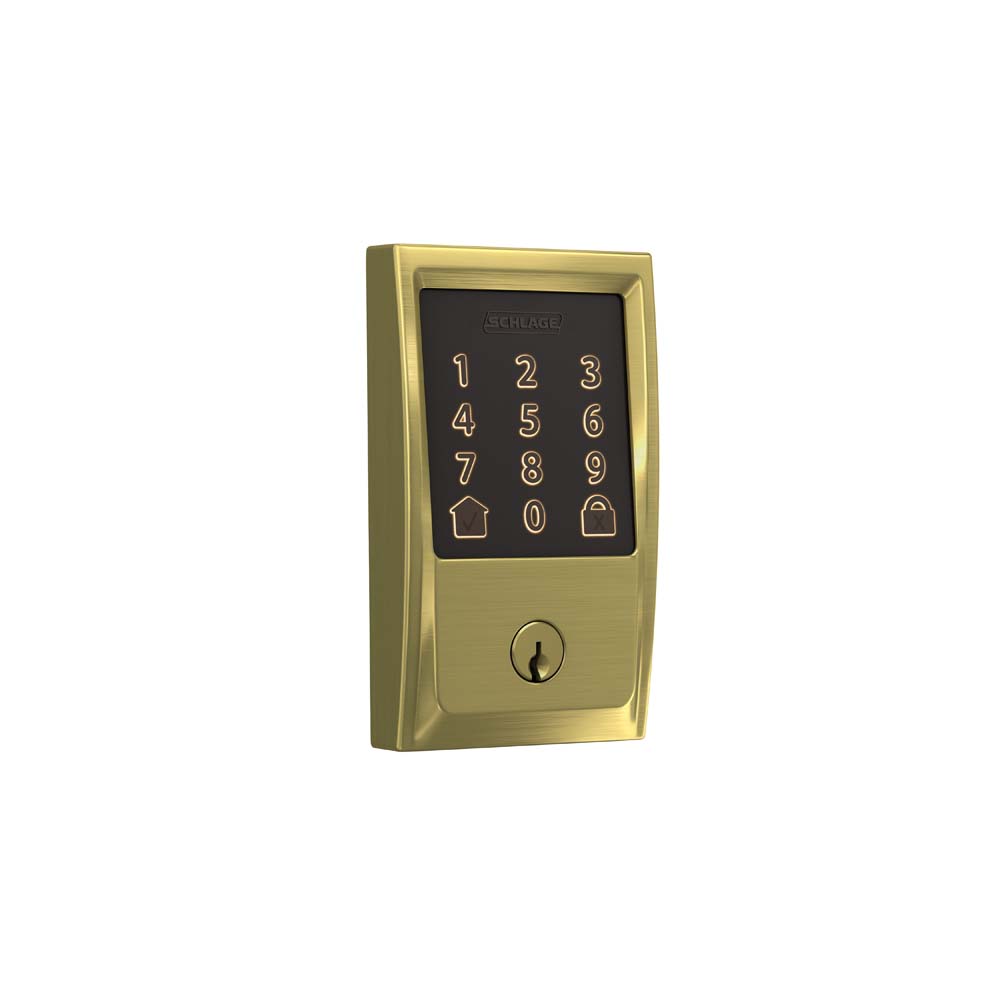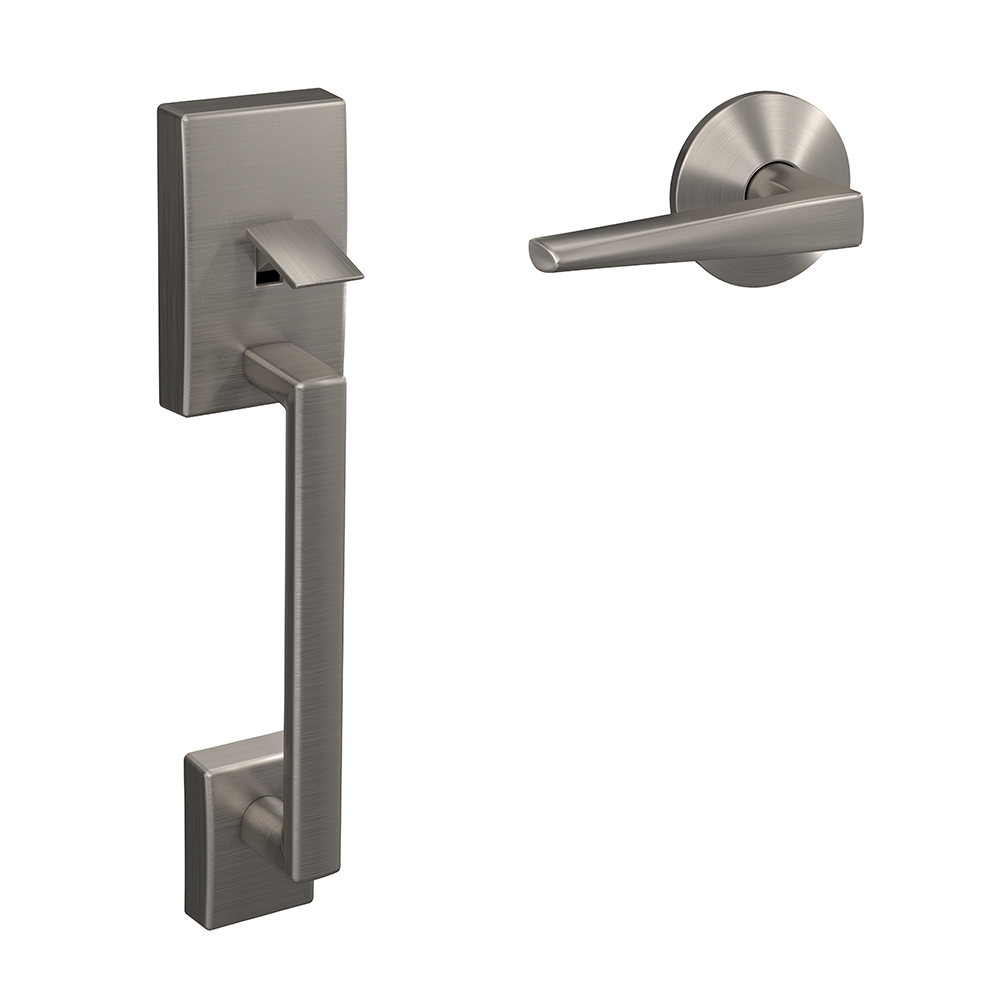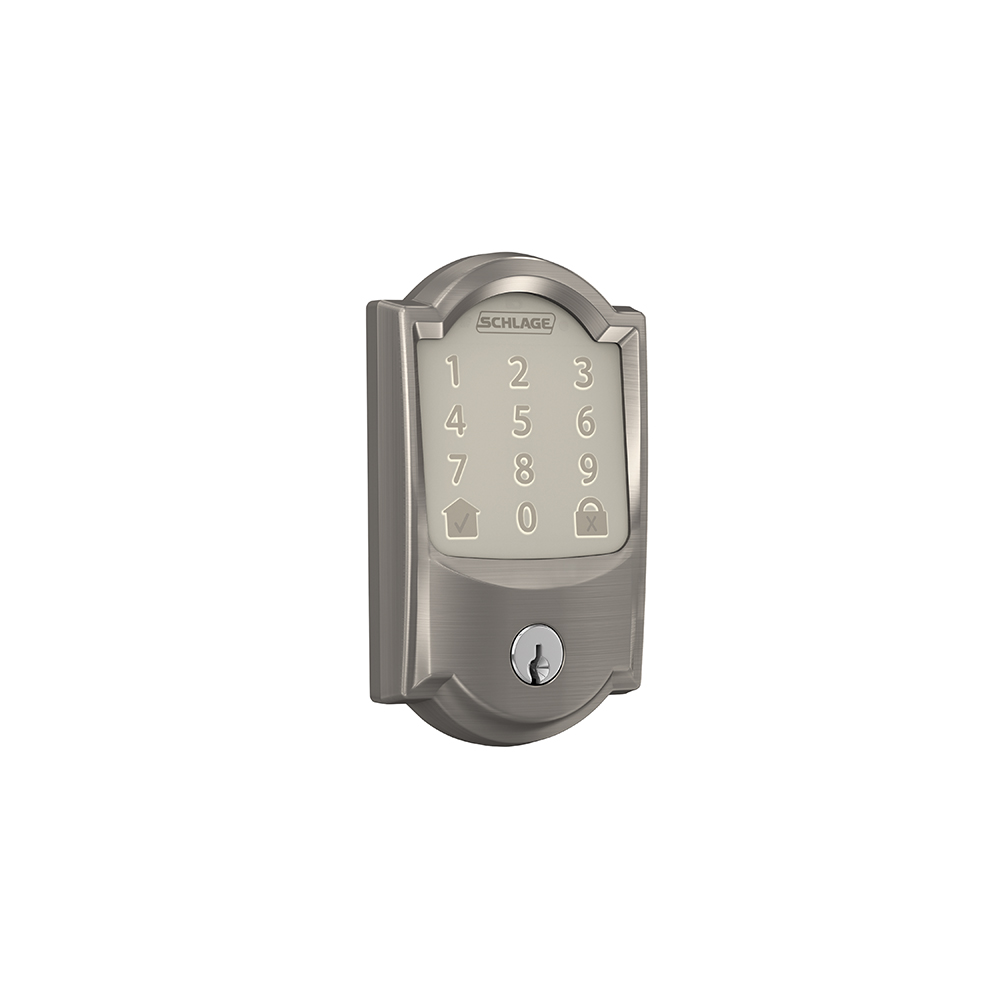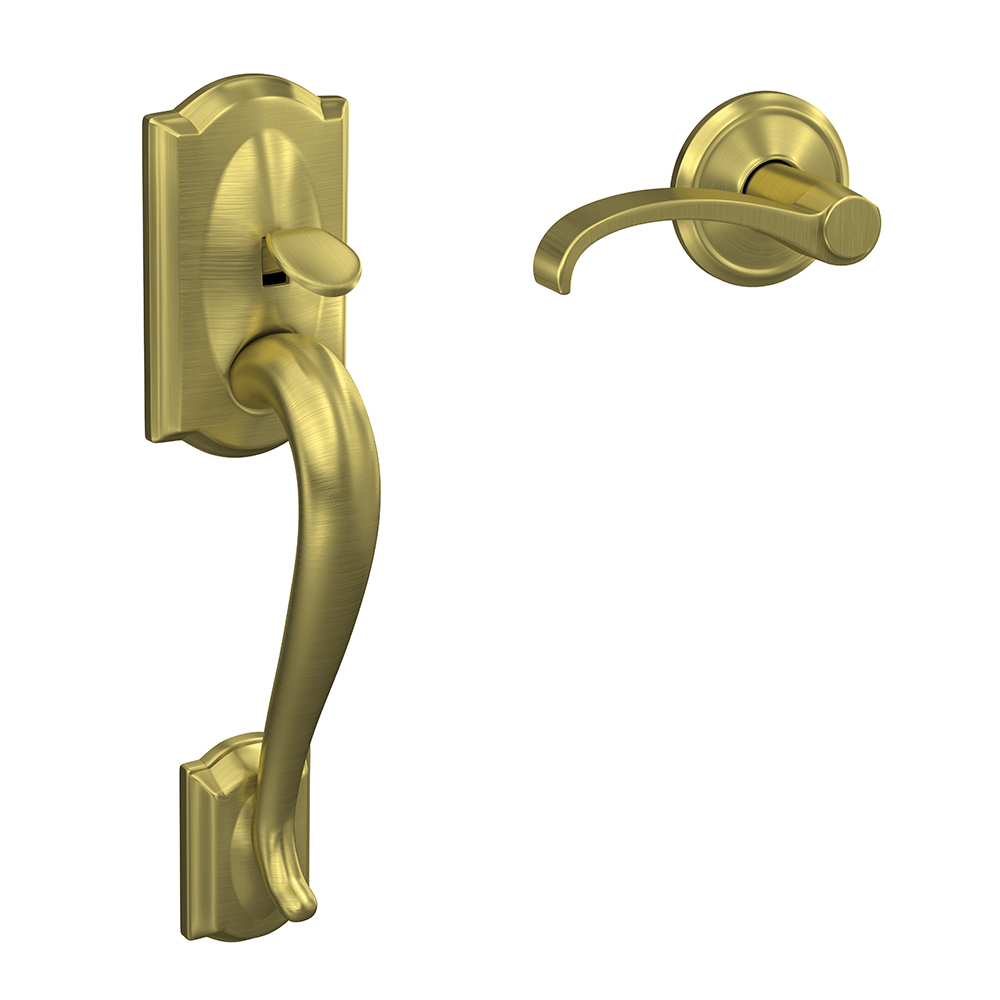How homes are built for cleanliness and other slightly gross facts.
Friday, September 25, 2020
Check out these historical developments in architecture that addressed pandemics and sanitation.
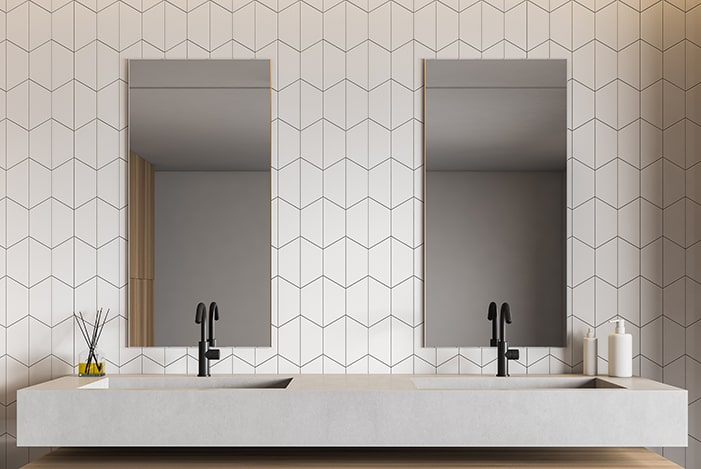
Indoor plumbing and cleaner bathrooms
We won’t dwell too long on the history of bathrooms because, well, it’s kind of gross. What’s important is that early indoor plumbing and sanitation systems were partly in response to outbreaks of cholera and typhoid. Infectious diseases like these were caused by contaminated drinking water, common at a time when raw sewage flowed straight from a building into the street. The sanitary solution was to contain that nastiness in pipes and literally flush it farther away and not walk through it.
Aside from plumbing, American homes also saw a shift at the turn of the century away from elaborate woodwork surrounding bathroom fixtures. Instead, we installed subway tiles and porcelain fixtures, and the Victorians especially favored exposed plumbing. These materials were easier to clean and, because they were white, gave the illusion of being cleaner. Whether or not the color had any impact on sanitation is up for debate.
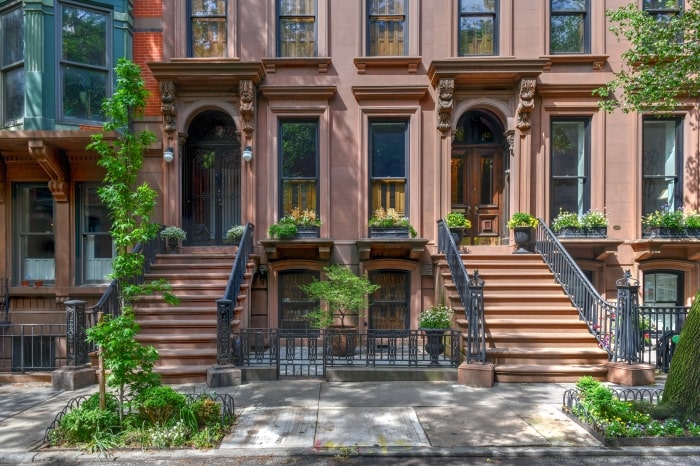
Brownstone stoops
Brownstone homes, tall and narrow, often with wrought-iron railings and their characteristic brown stone façade, are coveted today for their traditional charm. Not so charming was the trash, horse manure and other unmentionable refuse, frequently left in the street for days, in early 19th-century New York City. The solution to better curb appeal, not to mention not standing in the stench and filth, was a porch design that raised homeowners above street level. Wide steps leading up to the second floor simply kept shoes and skirts cleaner. And here we thought the elevated porch was just about vintage beauty.
Sleeping porches and flat roofs
In the late 1800s and early 1900s, tuberculosis and respiratory disease were major concerns. Vaccines and drug therapy were decades away yet, so alternative treatments were needed. Because most tuberculosis cases were in overcrowded and poorly constructed buildings with little to not light or ventilation, doctors often prescribed fresh, dry air and sunlight.
Sleeping porches provided that for some people. This 1921 Sears, Roebuck & Co. catalog shows how sleeping porches offered comfort and wellness. “In hot stuffy Summer nights it will be pleasant and healthful,” wrote the Sears catalog. Their popularity was such that some sleeping porches even came with special closets for door-beds, cots attached to the door frame that could swing out when needed.
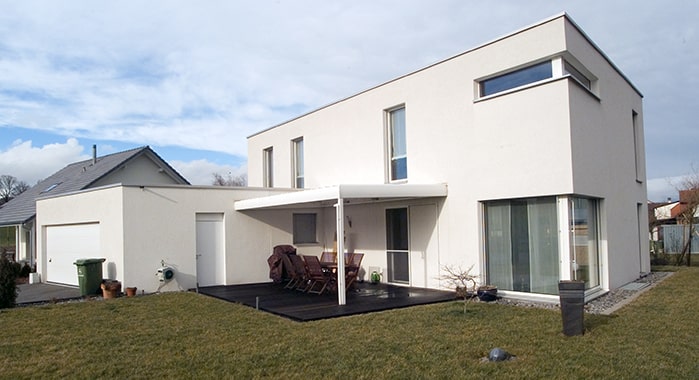
Décor we can disinfect
Even when the rooms themselves remained the same, we found plenty of ways to give our home the appearance that it was cleaner than ever. Paint colors, particularly creams and pale blues, signaled a space that was light and airy. Anything to ward off the fear that a space was dark, claustrophobic and riddled with germs.
Wallpaper had an even greater relation to cleanliness, though. Prior to electric lighting, patterned wallpapers were used to obscure soot buildup. Smaller patterns were also ideal for hiding flies and their droppings.
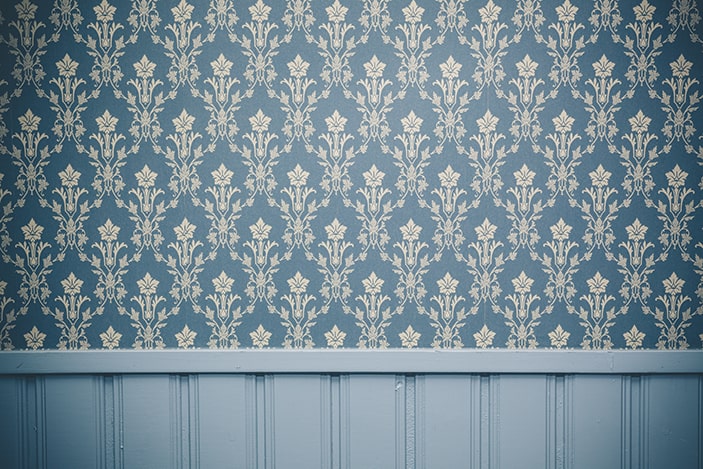
Clean homes of the future
We’ve already mentioned some of the “new” architectural design coming to life as a result of COVID-19. Entryways, once in demand as service entrances, are gaining in popularity more than ever. The same goes for subway tiles, although that may be more for aesthetic reasons than hygiene.
There are other trends on the rise as well. During our first experience sheltering in place, many of us discovered a love of cooking as we made more meals at home. Whether you’re a budding chef or not, many experts anticipate kitchens becoming an even more important room in the future. Smart ovens that help you perfectly cook dinner, no-touch faucets or merely a different layout that makes meal prep easier are all taking higher priority.
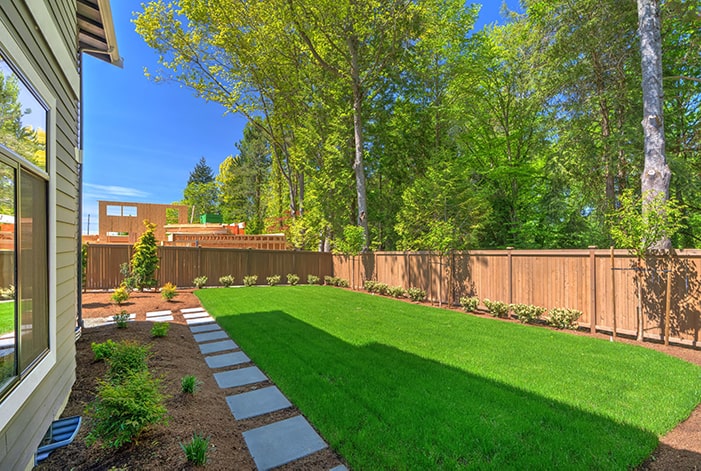
We’ve heard more than one homebuyer during the pandemic say that they chose a property with more outdoor space than they would have otherwise. Larger backyards, swimming pools and patios with porch swings or container gardens are more appealing as we look for more opportunities to create beauty, quality time with loved ones and entertainment options at home. Plus, sunlight might not cure tuberculosis, but that doesn’t mean it’s without other health benefits and we could all probably use a bit more of that.
Other housing trends that might shift in the coming years include enhanced ventilation systems that can better filter out harmful air particles, the addition of dedicated home offices and “oasis spaces” that are more conducive to fighting anxiety, and therapeutic gardens.
There’s a lot to be said for making your home perfect for you and your everchanging needs. Visit the Schlage blog for more tips to help you make that transformation, whether it’s a simple DIY job, creating a better home office or helping to keep the kids organized during strange times.





